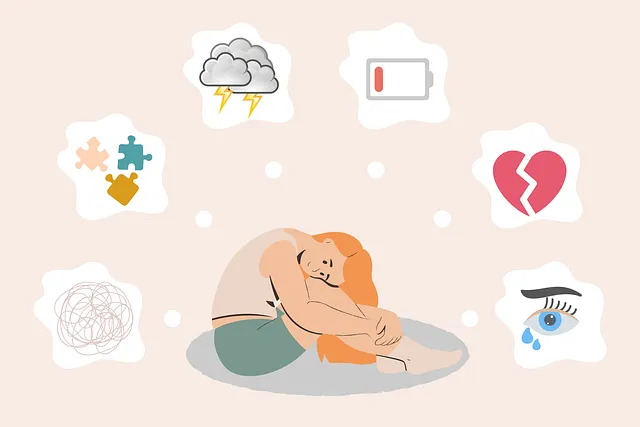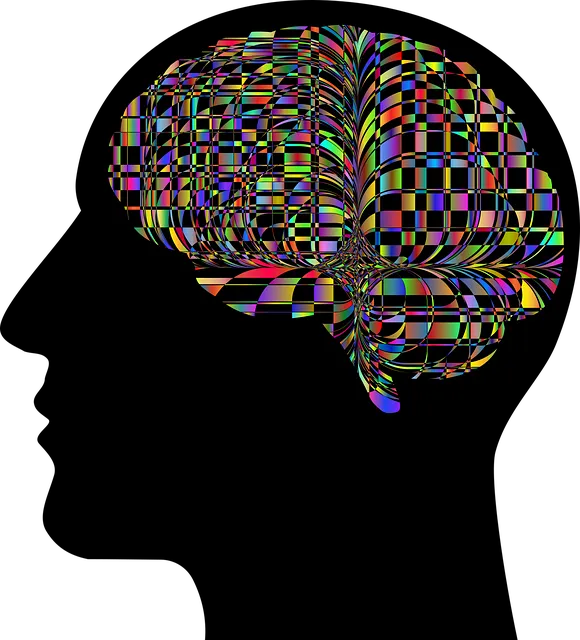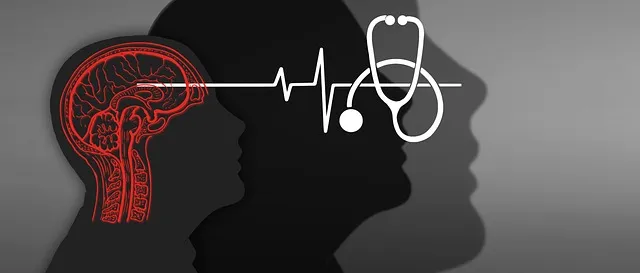In today's digital era, mental wellness is a global priority, with advancements in technology creating new challenges like stress and burnout. Apps like Lafayette by Kaiser are rising as solutions, offering personalized meditation, burnout prevention, and journaling for stress reduction. These apps provide accessible, convenient therapy options through live chat, video conferencing, and mobile access, catering to diverse user needs from depression to mindfulness practices. Integrating evidence-based practices, cultural sensitivity, and engaging content, Lafayette's approach exemplifies the growing trend of integrated digital mental health services, as seen in their offer of mental health support within healthcare packages.
In today’s digital age, the demand for accessible mental wellness solutions is on the rise, with many turning to apps for support. As organizations like Lafayette and Kaiser recognize the growing need for remote therapy, app development plays a pivotal role in providing timely care. This article delves into the essential elements of creating effective mental health apps, exploring their impact on accessibility and user well-being. From understanding key features to analyzing market trends, we guide you through the process of developing comprehensive solutions, considering best practices and the unique needs of users seeking digital therapy options.
- Understanding the Growing Need for Mental Wellness Apps
- Key Features and Components of Effective Mental Health Apps
- The Role of Technology in Providing Accessible Therapy
- Market Analysis: Exploring Existing Mental Wellness Solutions
- Developing a Comprehensive Mental Wellness App: Best Practices and Considerations
Understanding the Growing Need for Mental Wellness Apps

In today’s fast-paced world, mental wellness has emerged as a paramount concern for individuals across various demographics, including those in urban centers like Lafayette and even smaller communities where Kaiser may offer specialized mental health services. The relentless march of technology and the ever-present digital connectivity have both contributed to elevated levels of stress, burnout, and anxiety. This shift underscores the growing need for innovative solutions that cater to the complex landscape of modern mental wellness.
Mental wellness apps stand as a prominent example of such solutions, offering accessible tools for Stress Reduction Methods, Burnout Prevention, and even Mental Wellness Journaling Exercise Guidance. With these applications, users can now seamlessly integrate self-care practices into their daily routines, fostering a sense of balance and resilience in the face of life’s challenges. The demand for these apps is fueled by a collective recognition that prioritizing mental wellness is not merely a luxury but a necessity for navigating the complexities of contemporary living.
Key Features and Components of Effective Mental Health Apps

Effective mental health apps share several key features and components that contribute to their success. One of the most crucial is personalization. Apps should offer tailored experiences based on individual user needs, whether it’s providing customized meditation routines or mental exercises adapted to specific challenges like burnout prevention strategies for healthcare providers. This level of personalization enhances engagement and ensures users receive relevant support.
Additionally, these apps must prioritize accessibility and ease of use. Features like simple navigation, intuitive interfaces, and regular updates with fresh content cater to a wide range of users. Incorporating elements from mental health education programs design, such as interactive modules on stress management or self-esteem improvement techniques, can empower users with valuable coping mechanisms. Integrating mindfulness exercises, mood tracking, and community forums are also popular components that foster positive mental wellness alongside Lafayette does Kaiser offer mental health services.
The Role of Technology in Providing Accessible Therapy

Technology has revolutionized mental wellness services, making therapy more accessible to a wider audience. Platforms like Lafayette and Kaiser utilize digital tools to provide online counseling and support groups, breaking down geographical barriers that traditionally limited access to care. This shift is particularly beneficial for individuals who may face challenges attending in-person sessions due to scheduling conflicts, physical limitations, or simply a preference for remote options.
The integration of technology in mental health care offers numerous advantages, including increased convenience, reduced costs, and improved anonymity for users. Online platforms often provide a safe and non-judgmental space for individuals seeking help with anxiety relief, conflict resolution techniques, or inner strength development. With features like live chat, video conferencing, and mobile apps, users can access therapy from the comfort of their homes, at their own pace, and according to their schedules, ensuring that support is readily available when needed.
Market Analysis: Exploring Existing Mental Wellness Solutions

The mental wellness app market is a dynamic and growing space, with an increasing demand for accessible and personalized solutions to support mental health. When considering development, a thorough analysis of existing offerings is essential. Applications like Lafayette by Kaiser offer a glimpse into the current landscape, providing virtual therapy sessions, mood tracking tools, and resources for stress management. These digital platforms cater to diverse user needs, from depression prevention and anxiety relief to cultivating self-awareness and mindfulness practices.
Cultural sensitivity in mental healthcare practice stands as a key aspect that sets successful apps apart. With a focus on inclusive design and diverse representation, developers can ensure their applications resonate with a broader audience. By incorporating features tailored to different cultural backgrounds and contexts, these apps have the potential to revolutionize mental wellness support, making it more effective and relevant for users from varied communities.
Developing a Comprehensive Mental Wellness App: Best Practices and Considerations

Developing a mental wellness app requires a holistic approach to cater to the diverse needs of users. Incorporating evidence-based practices and leveraging technology effectively is key. Features like personalized mood tracking, guided meditations, and access to mental health professionals can empower individuals to manage their mental well-being. For instance, Lafayette does Kaiser offer mental health services as part of its comprehensive healthcare package, highlighting the growing trend of integrated digital solutions.
When creating such an app, consider user experience design principles to ensure intuitiveness and accessibility. Incorporate Empathy Building Strategies to foster connections among users, promoting a sense of community. Regular updates and new content, including a Mental Wellness Podcast Series Production, can keep users engaged. Additionally, implementing tools for Mood Management will help users track their progress and make informed decisions about their mental health journeys.
Mental wellness apps have emerged as essential tools in addressing the growing global need for accessible therapy. As evidenced by the success of platforms like those offered by Kaiser, such as Lafayette, technology plays a pivotal role in providing timely and effective support to users. This article has explored key features, market trends, and best practices for developing comprehensive mental health apps. By understanding user needs and leveraging innovative solutions, developers can contribute to a healthier digital landscape, ensuring that mental wellness services are accessible to all who need them.






